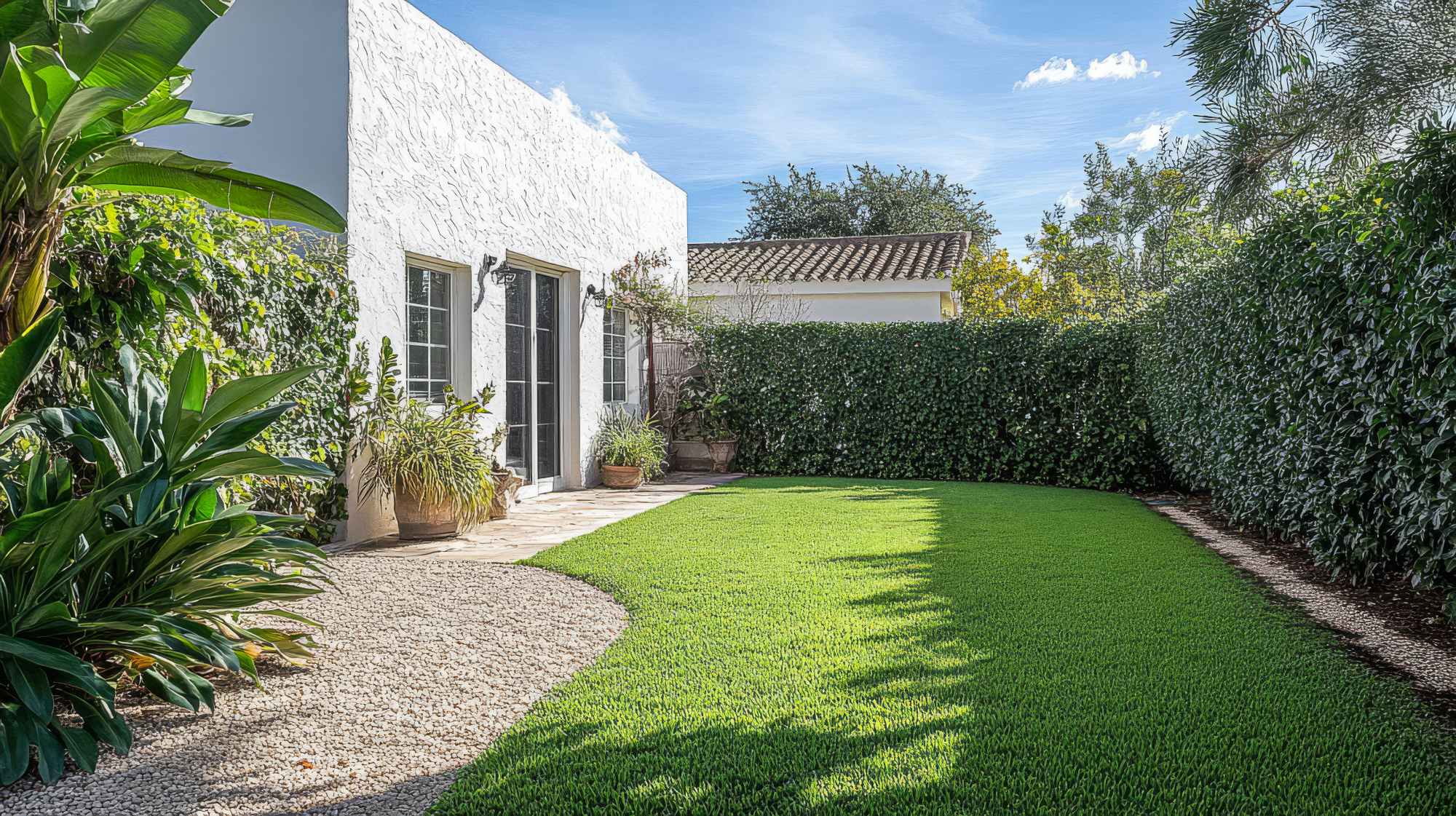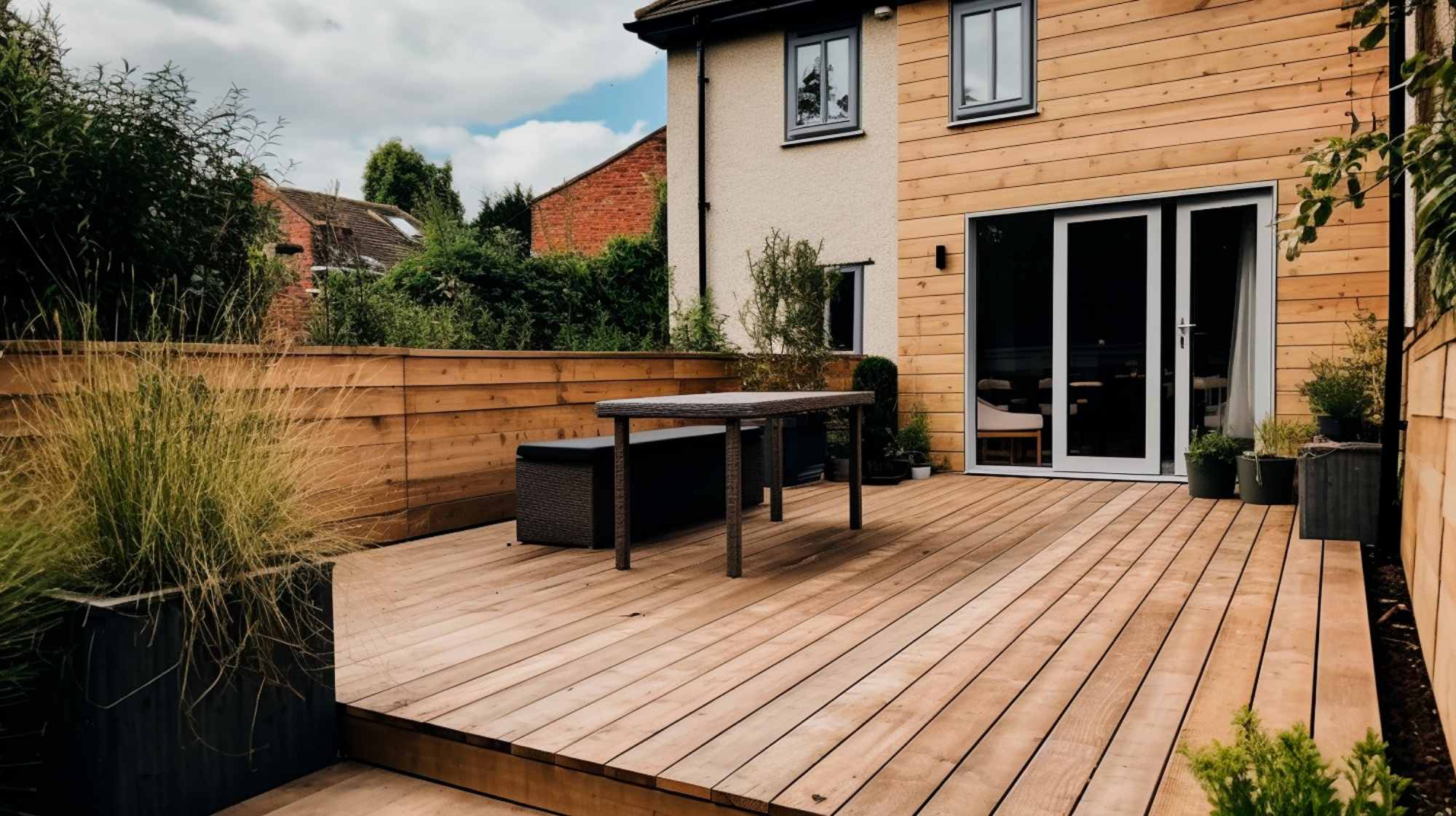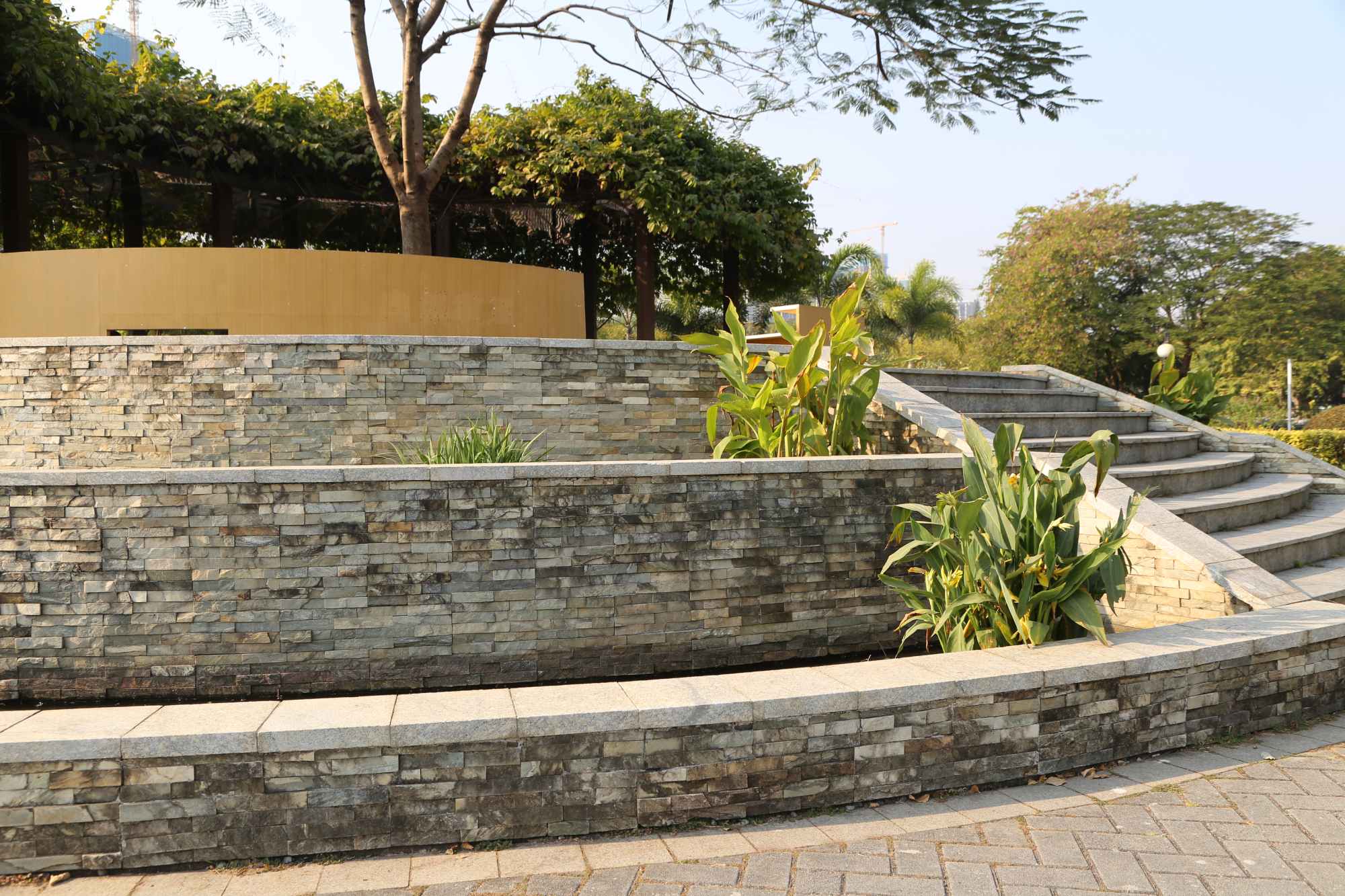Landscaping
Landscaping is more than just planting flowers and maintaining a lawn; it’s an art form that transforms outdoor spaces into beautiful, functional environments. Whether you're enhancing your residential garden or designing a commercial outdoor area, landscaping provides endless possibilities for creating stunning landscapes. Thoughtfully designed outdoor spaces can improve curb appeal, increase property value, and offer a welcoming atmosphere for guests, clients, or family.
One of the core elements of landscaping is the design phase, which serves as the foundation for any outdoor project. A well-planned design takes into account the unique characteristics of the space, including its shape, size, and natural features. Professional landscapers work closely with clients to create personalized designs that meet aesthetic preferences, practical needs, and budget requirements. Every element, from plant selection to hardscaping, is carefully chosen to complement the overall vision.
Decking plays a significant role in landscaping, providing a versatile outdoor space for relaxation, entertainment, or dining. A well-constructed deck can serve as the focal point of a garden, offering a comfortable area to enjoy the outdoors. Whether you prefer a rustic wooden deck or a sleek modern design, decking is an excellent way to enhance the beauty and functionality of your landscape.
Retaining walls are another vital aspect of landscaping, particularly for properties with sloping terrain. These walls help prevent soil erosion while adding an attractive feature to the landscape. Made from various materials such as timber, stone, or concrete, retaining walls can be designed to suit any aesthetic. Not only do they serve a practical purpose, but they can also create distinct levels within the garden, allowing for creative planting opportunities.
Fencing is often used to define boundaries and provide privacy, security, and protection for both residential and commercial properties. The right fence can enhance the overall appearance of a landscape while offering practical benefits. Whether it's a classic wooden fence, a decorative wrought iron design, or a low-maintenance vinyl option, fencing complements the landscaping design and adds an element of sophistication to the outdoor space.
Gardening and lawn care are fundamental to maintaining a healthy, beautiful landscape. Regular garden maintenance, including weeding, pruning, and mulching, helps ensure plants thrive throughout the year. A well-maintained garden not only looks inviting but also fosters a sense of tranquility. Lawn care services, such as mowing, fertilizing, and aeration, ensure that your lawn remains lush and green, offering a pristine surface for outdoor activities.
Turf installation and lawn renovation are excellent options for enhancing the look of your yard. Whether you’re starting from scratch or renovating an existing lawn, turf provides a fast solution for a green, healthy lawn. Turf comes in various types to suit different climates and soil conditions, ensuring you get the perfect match for your environment. A well-established lawn enhances the overall aesthetic of your landscape and provides a soft, inviting area for play and relaxation.
Finally, the overall maintenance of a landscape is essential for its long-term health and beauty. A complete landscaping service includes regular upkeep to keep the garden in peak condition. Whether it’s seasonal planting, lawn care, or maintaining features like decks and retaining walls, consistent maintenance ensures that your outdoor space remains vibrant and well-kept throughout the year. Proper care and attention to detail will help preserve the integrity of your landscaping investment and provide a space that you can enjoy for years to come.





